Can a 4,300-Acre Logistics District Change Nevada’s State of Play?
Mark IV Capital’s Evan Slavik on the impact of the mammoth Victory Logistics District.
Despite the current slowdown in industrial development and what experts are calling a return to prepandemic levels, fundamentals remain strong for this asset class. Investors and developers with long-term strategies continue to view the sector as a solid one. And the 4,300-acre Victory Logistics District project in Fernley, Nev., stands as proof.
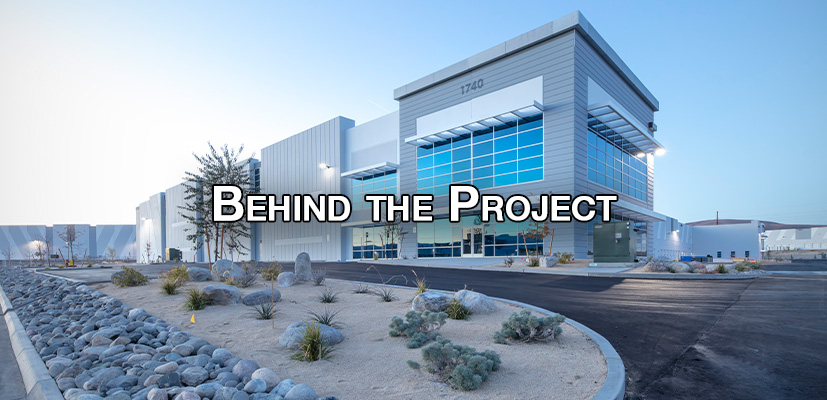
Located along Interstate 80 and U.S. Route 50, with access to Union Pacific and BNSF railways, this master-planned industrial development is set to change Northern Nevada’s landscape. Mark IV Capital acquired the site in 2019 for $45 million, in what was then considered the second-largest industrial land sale in the state’s history.
Working with general contractor Premier Design + Build Group, Mark IV Capital rolled out the first phase of the development in 2021. Due to the increased demand for industrial space during the height of COVID-19, the owner quickly leased 815,215 square feet to Redwood Materials. A year later, Mark IV Capital broke ground on the 1 million-square-foot second phase of the project, encompassing three buildings.
What’s the impact of such a mammoth development on the industrial sector in Nevada and the West region? We reached out to Evan Slavik, CEO & president of Mark IV Capital, to find out.
Tell us about the inspiration behind Victory Logistics District. What made you decide to embark on such a massive project?
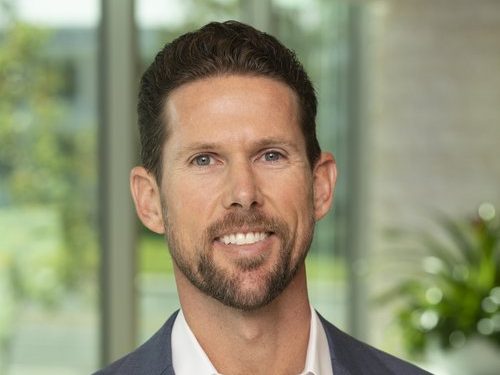
Slavik: Our team understood that 4,300 acres of contiguous land, well suited for large-scale industrial development, was quite rare in Nevada and could strategically serve the region’s needs. We also understood that the unusually high percentage of federally controlled land in the state makes it challenging to assemble larger tracts of contiguous parcels and that this acquisition was a once-in-a-generation opportunity for us.
Our company decided to double down on our history of buying land with a long-term development strategy in mind, knowing that a focus on a high-quality design of both infrastructure and vertical development would result in a project that will continue to create value over multiple decades in the greater Fernley community.
What else attracted you to this area? Why is Northern Nevada a good location for industrial projects?
Slavik: This project was unique in that it offered both development-ready sites, as well as thousands of acres of unplanned land to serve as a blank slate for our master-planning efforts. The transport options … combined with ample access to both power and fiber was a rare combination we did not want to pass up.
READ ALSO: Is the Multistory Industrial Niche Taking Off?
Mark IV Capital was not new to the state of Nevada, and we’d become familiar with reasons why it’s considered a business-friendly state, with its low taxed, fewer regulations and low energy costs. Our extensive research and due diligence also showed that Northern Nevada’s population was growing quickly and that its industrial sector was starting to show signs of rapid expansion.
In the past 20 years, global brands have established regional operations throughout the Reno-Sparks MSA, but the availability of land suitable for large-scale developments is scarce. Because of the growing demand for data centers, distribution and manufacturing facilities, industrial land has been increasingly difficult to find in this area.
What were some of the challenges you had to overcome? How did you tackle them?
Slavik: One of the biggest challenges has been the complexity of master planning Victory Logistics District. As a large project, it must be completed in phases. However, it is also located in an Opportunity Zone, which presents plenty of interesting advantages, but it also brings an additional layer of complexity. That meant we had to work with numerous local, state, and federal agencies on the entitlement side. To navigate each of the unique application and approval processes, we sought out and partnered with consultants in each of these specific areas, leaning on their expertise to ensure entitlement success in the most expeditious manner possible.
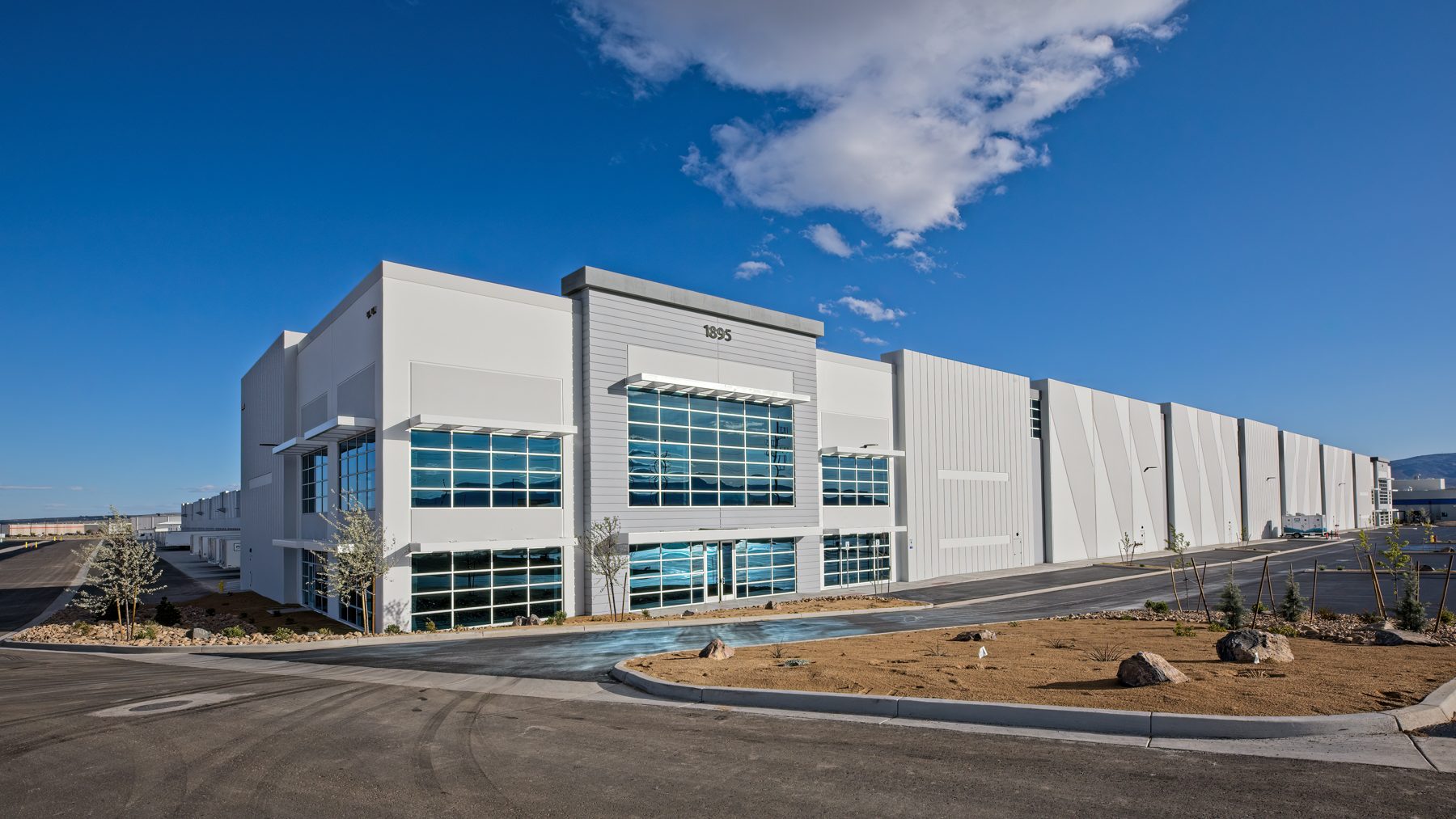
Our Mark IV team also knew that the project would serve a variety of industrial tenants, each with different transportation needs. This presented the challenge of meeting all users’ needs in a convenient manner.
As a solution, we planned to ensure the site has dual-served rail that runs through the project, providing service by both Union Pacific and BNSF railways. This provides Victory Logistics District occupiers another efficient method of transportation for inbound and outbound goods. We’re also planning to build on the site a private switching facility that will receive, break down, organize, store, and deliver rail cars to those tenants that have direct rail service to their buildings …
Besides size, what else sets Victory Logistics District apart from other industrial projects in the area?
Slavik: The soil conditions and topography at the Victory site are unlike other nearby industrial developments. The site’s land is extremely flat, which reduced the need for costly and time-consuming grading. Whereas nearby industrial sites require dynamite to blast their rocky soil, Victory Logistics District’s sandy geology allowed Mark IV to begin development without this added time, effort and cost.
Additionally, given the private ownership, the project offers flexibility related to deal structure, as ownership is flexible to ground leases and joint ventures when users are opposed to a more typical lease structure.
READ ALSO: How Logistics Developers Can Surmount Inventory Hurdles
The project also uniquely includes a transload facility that will offload cargo from rail cars to trucks, and vice versa. This will allow tenants that are using trucking for their primary transportation solution to still take advantage of the efficiencies of the rail system at the development, without the commitment of direct rail service.
On a different note, our company understands that an increase in regional workers will result in increased housing demand, so we are planning to provide high-caliber local housing solutions to help decrease commute times and improve the quality of life for the growing labor force living in Fernley and Fallon, Nev. …
Are there certain types of prospective tenants you have in mind for the space available at Victory Logistics District?
Slavik: Victory Logistics District can accommodate any distribution tenants given our large range of size options, as well as a wide variety of manufacturing companies and data centers. By incorporating both speculative development and build-to-suit options into the master plan, the project can meet the needs of most tenants looking for space. A variety of lot and building sizes gives tenants options, both for their immediate need and their future growth plans.
What’s next for Victory?
Slavik: With almost 2 million square feet of space completed, our teams are now focused on the master-planning and infrastructure work that will be required to bring tens of millions of additional square feet of distribution, manufacturing, and data center space to the project in the coming years …
And how do you expect it to impact Nevada and the West region at large?
Slavik: This project will help expedite the transfer of goods and logistics routes across the West. Being sited near Reno means that Victory Logistics District occupiers are within a one-day truck route to most of the major population centers in the Western U.S. It also benefits from its location in the business-friendly and low-tax state of Nevada, where companies can often save 30 to 35 percent of their operating costs compared with a similar operation in California.
Future occupiers will also benefit from the impending construction of Interstate 11, which will run from Canada to Mexico.
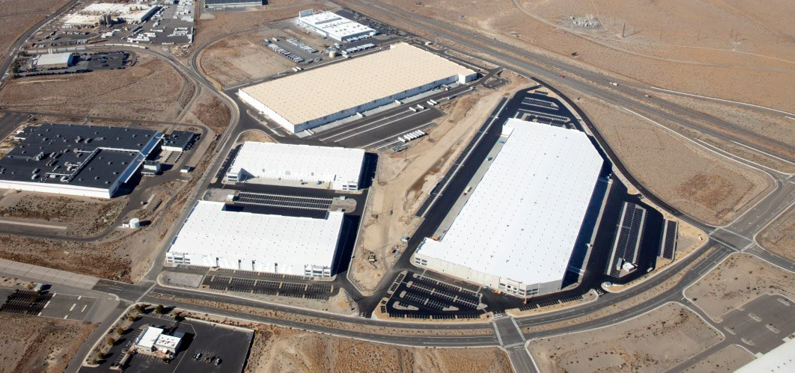
Victory Logistics District aims to enable more of the Northern Nevada population to live close to their jobs. The development’s two closest cities, Fernley and Fallon, are primarily residential, with populations of roughly 24,000 and 10,000, respectively. However, approximately 65 percent of Fernley’s residents commute outside of the city limits for work. We hope that our development can change that by continuing to provide high-quality warehouse space that allows companies to locate near the homes of the Fernley workforce.
Our company is also focused on supporting the local workforce. By partnering with SkillUp Coalition, a nonprofit that helps workers get hired for in-demand jobs, we can connect individuals with employers seeking specific skill sets and help to facilitate training.
For example, if a company is interested in leasing space at Victory Logistics District and needs 100 employees to service its logistics business, SkillUp, along with its educational partners such as Western Nevada College, can help identify potential employees in the local community and train them to meet that specific employer’s workforce needs.
What is your outlook on the industrial sector for the upcoming years? How do you expect this asset class to perform in the markets you’re active in?
Slavik: Our company takes a long-term approach and view to all our investments, so we continue to be optimistic about the commercial real estate market. We understand that the market is cyclical, plan for it in our underwriting, and try to take advantage of our unusually long-term outlook.
We continue to see strong opportunities in the industrial space. Regional distribution centers such as Victory are the core focus for us. These hubs are necessary for the transport of goods as e-commerce continues to rise and perform well in markets like Fernley that are not as close to larger population centers. We see this as a subsector positioned for long-term growth for years to come and remain bullish on industrial overall in the current landscape.


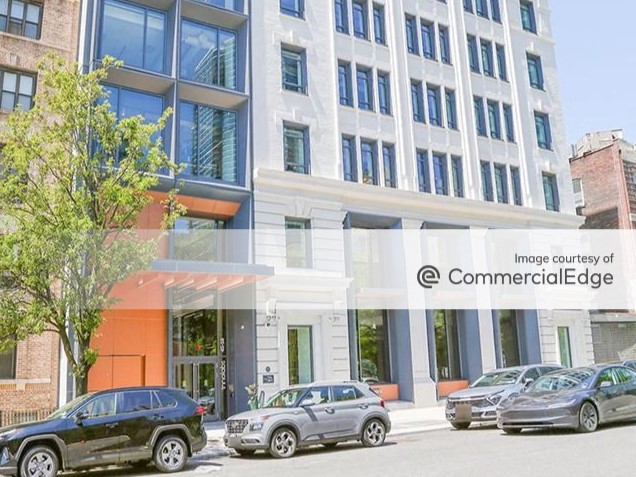
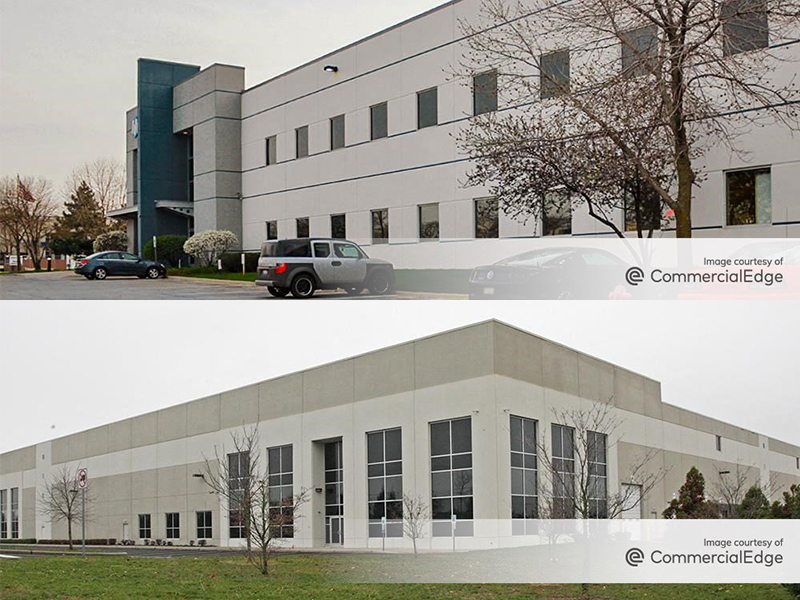
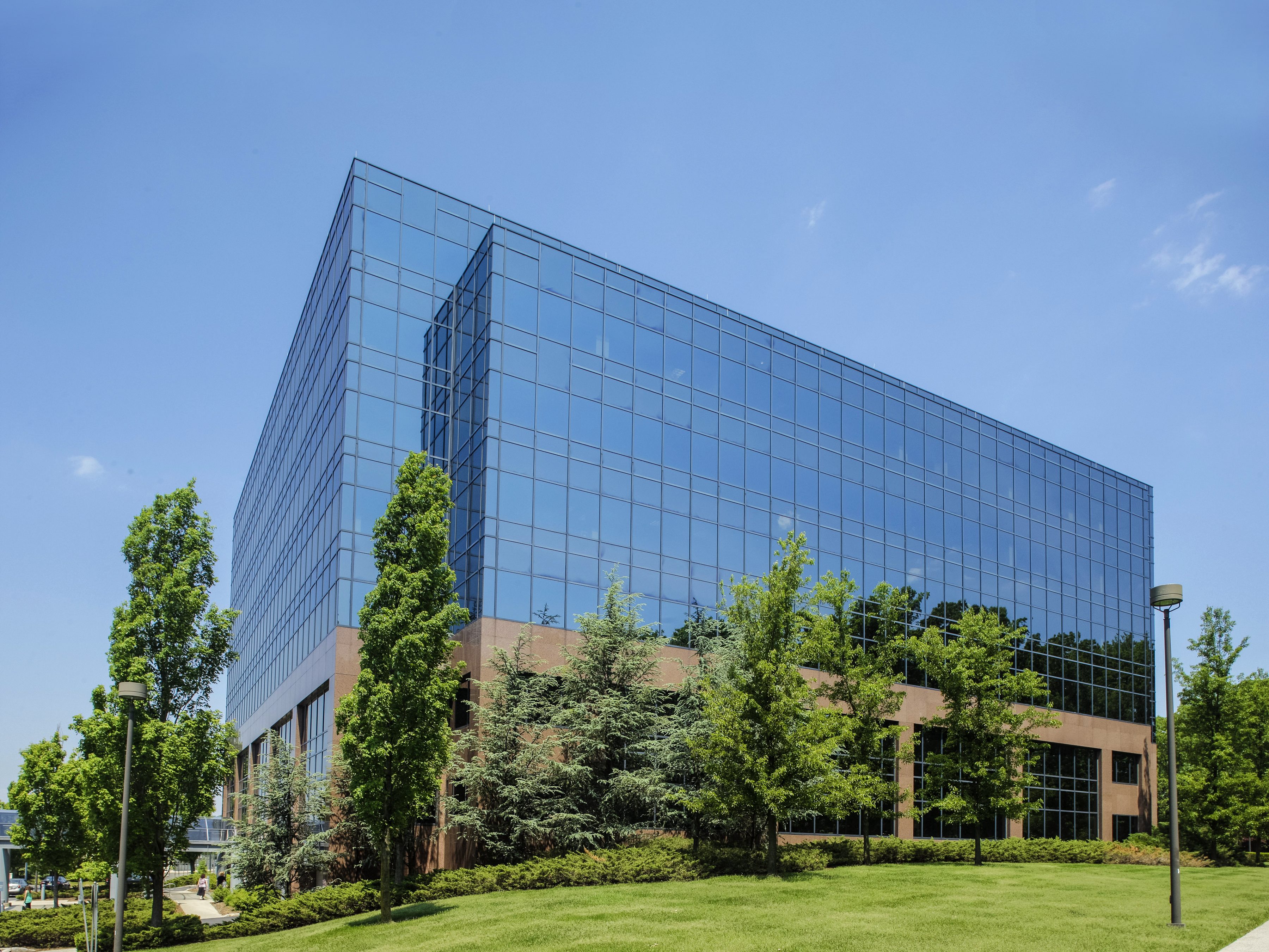
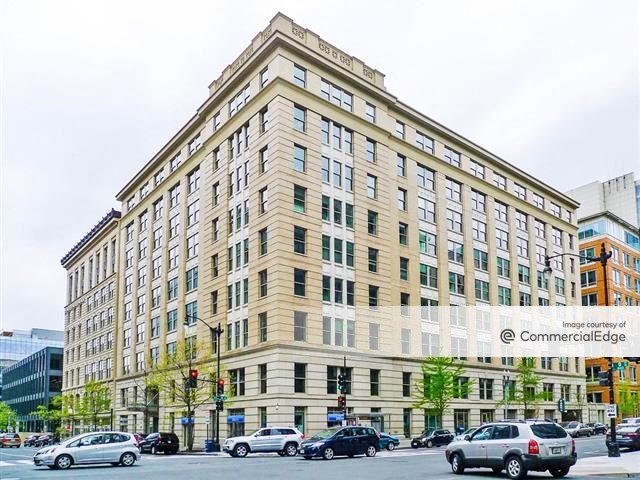

You must be logged in to post a comment.